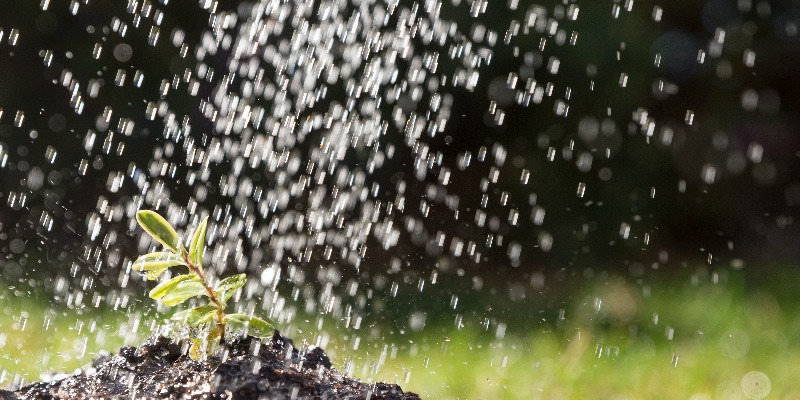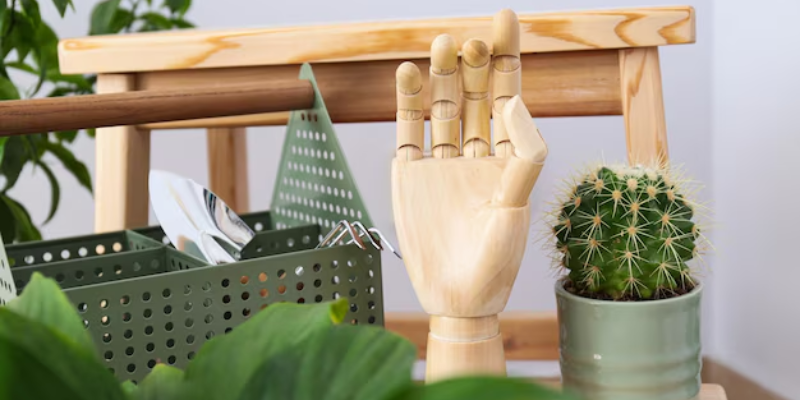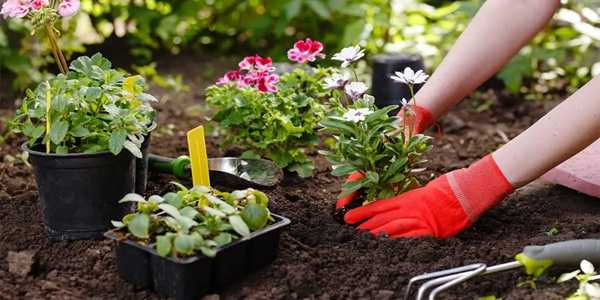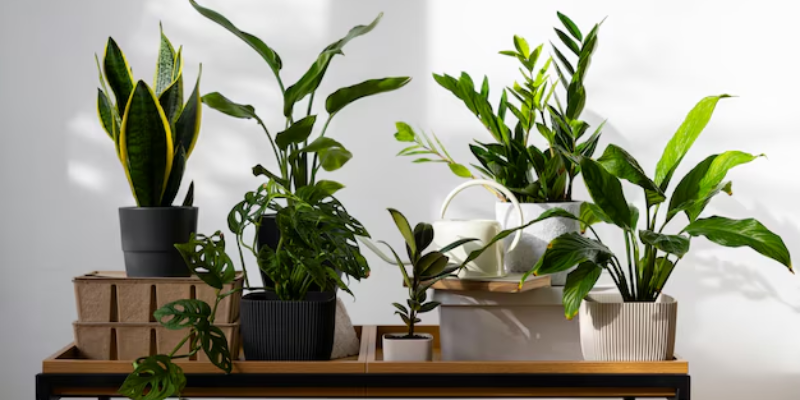How To Build a Rain Garden – Simple, Smart, And Eco-Friendly!
Have you ever seen how there are water pools left after rain in certain spots? Puddles and small reservoirs are created naturally, collecting rainwater here and there. But we should let this water go to waste. We can turn the runoff into an eco-friendly feature that collects rainwater for free.
A rain garden is a simple yet powerful way to manage rainwater. It helps reduce erosion, enhances your landscape, and supports local wildlife.
Whether you're a homeowner looking to improve your yard or someone passionate about sustainability, building a rain garden is easier than you might think. Here are some valuable and practical tips on how to do it.
What Is a Rain Garden?
A rain garden is a shallow, landscaped depression designed to collect and filter rainwater from roofs, driveways, and other hard surfaces.
It does not allow the water to run off into storm drains. Hence, it prevents flooding and pollution. The rain garden can absorb this water naturally.
Benefits Of Building a Rain Garden:
Prevents Flooding & Erosion
The rain garden helps water soak into the ground instead of pooling or washing away soil.
Improves Water Quality
It filters out pollutants before they reach local waterways.
Enhances Curb Appeal
The rain garden creates a lush, colourful garden. It is suitable for attracting birds and butterflies.
Saves Money
Building a rain garden in your home can reduce the need for irrigation. You can capture free rainwater for plants.
Supports Local Ecosystems
The rain garden flourishes on rainwater and provides food and shelter for pollinators like bees and butterflies.
Steps For Building a Rain Garden At Home

Choose The Right Location
The ideal spot for a rain garden is easy to locate. It should be where water naturally flows and pools, but not too close to your house.
No one wants excess water seeping into your home’s foundation.
Choose the locations for your rain garden using these tips:
At least 10 feet away from your home’s foundation.
In a low-lying or naturally sloped area where rainwater collects.
Not in soggy soil (rain gardens should drain within 24 hours).
Away from underground utilities or tree roots that could be disturbed.
Next, you should test whether your soil drains well. To do this, dig a small hole about 12 inches deep and fill it with water.
If it drains within 24 hours, your location is good to go!
Select Size & Shape Of Your Rain Garden
A rain garden does not necessarily have to be huge. It can be effective being small as well.
The size depends on how much runoff you need to manage.
Here are some tips:
For small roofs & patios, a 50-100 square foot garden is enough.
For larger driveways & rooftops, consider expanding to 200+ square feet.
The shape doesn't matter as much—kidney, oval, or teardrop shapes all work.
If space is too small or tight, you can create multiple smaller rain gardens instead of one big one.
Dig & Prepare The Soil
Now, you will need to get your hands dirty.
Start by digging a shallow basin, about 6-12 inches deep. The deeper the garden, the more water it can handle.
Next, you should slope the sides gently. This will allow water to flow in smoothly.
Mix compost or sand into the soil to amend it. If your soil is too compacted, this is necessary because clay-heavy soil drains poorly.
Create an overflow area – A small outlet at the lower end of the garden allows excess water to drain safely.
Choose The Best Plants
The right plants will make your rain garden grow very well. Native plants are best. They require less maintenance and are adapted to local conditions.
Here are Some Things to Look For:
Deep-rooted perennials – Help absorb water and stabilize soil.
Drought & flood-tolerant – Can handle both dry and wet conditions.
Pollinator-friendly – Attracts bees, butterflies, and birds.
Mulch & Maintain
Once your plants are in the ground, cover the area with a 2-3-inch layer of mulch.
This will help to:
Retain moisture
Suppress weeds
Prevent erosion.
Ongoing Care
You should water regularly for the first few months. Do this until plants establish roots.
Try to pull weeds occasionally. This will keep your garden looking neat.
You can refresh the mulch once a year. This is important to maintain soil health.
The best thing is that rain gardens are low maintenance once established.

Common Mistakes To Avoid In Building Rain Gardens
Avoid Planting too deep or too shallow
An adequately dug basin will ensure that water absorption is good. There is no waterlogging.
Do not choose the wrong plants
Try to avoid plants that cannot handle occasional flooding.
There should be no poor drainage.
If water sits for over 48 hours, you should amend the soil with sand and organic matter.
Avoid placing it too close to your house. This can lead to foundation issues.
Rain Garden Is a Simple Step Towards a Greener Future
Building a rain garden is an easy and beautiful way to conserve water. It can reduce pollution and create a flourishing ecosystem right in your yard.
Whether you have a small urban lot or a sprawling landscape, this simple project of building a rain garden in your home can have a significant impact.





